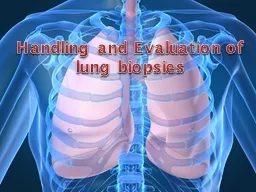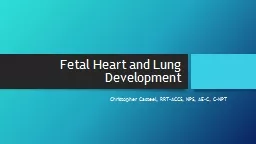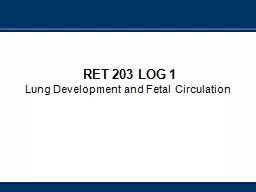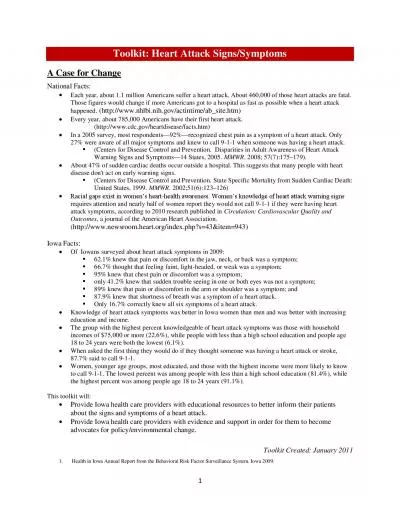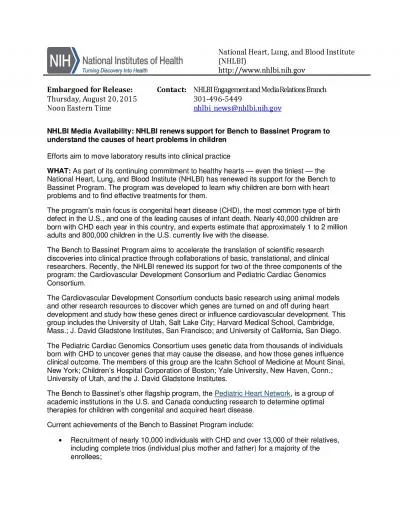PDF-The National Heart Lung and Blood Institute
Author : helene | Published Date : 2022-10-13
wwwnhlbinihgov The National Heart Lung and Blood Institute NHLBI is one of 27 Centers Institutes and O31ices within the National Institutes of Health NIH It was
Presentation Embed Code
Download Presentation
Download Presentation The PPT/PDF document "The National Heart Lung and Blood Instit..." is the property of its rightful owner. Permission is granted to download and print the materials on this website for personal, non-commercial use only, and to display it on your personal computer provided you do not modify the materials and that you retain all copyright notices contained in the materials. By downloading content from our website, you accept the terms of this agreement.
The National Heart Lung and Blood Institute: Transcript
Download Rules Of Document
"The National Heart Lung and Blood Institute"The content belongs to its owner. You may download and print it for personal use, without modification, and keep all copyright notices. By downloading, you agree to these terms.
Related Documents


